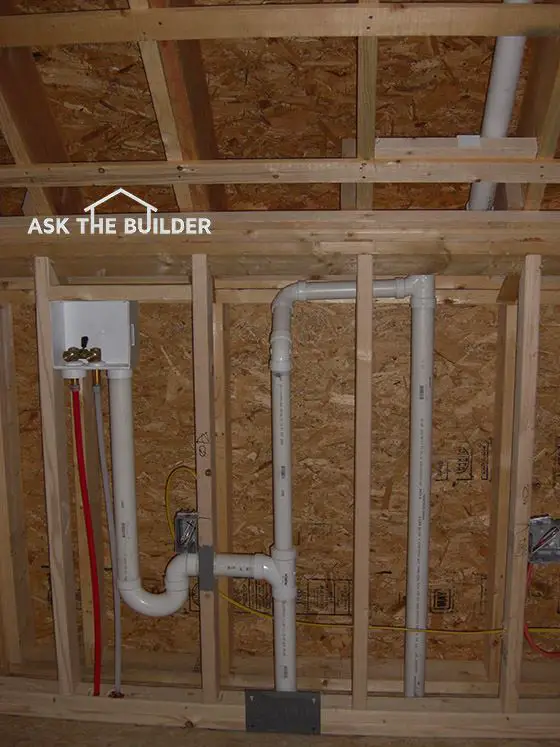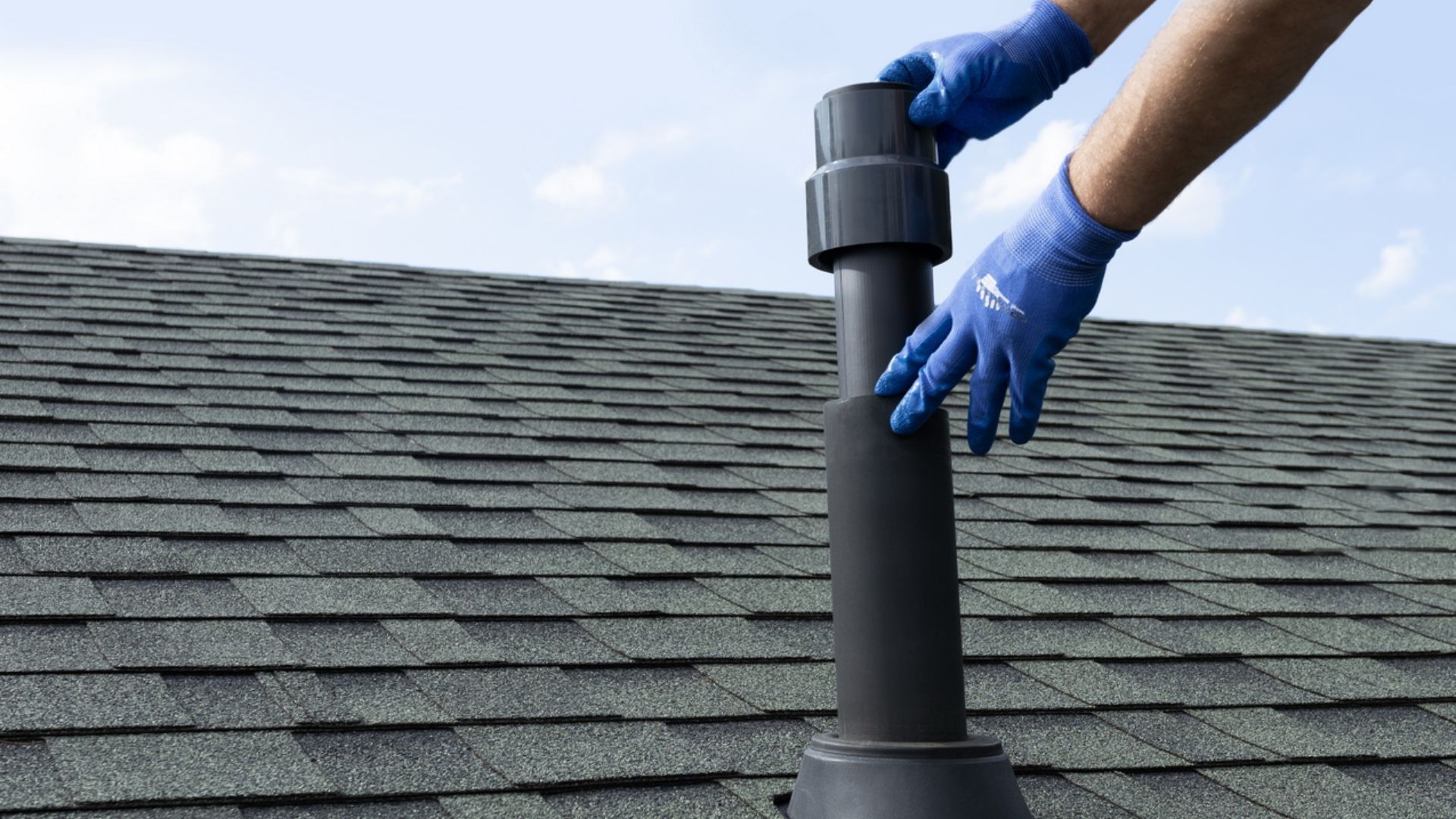Grasping The Value of Correct Ventilation in Plumbing Systems
Grasping The Value of Correct Ventilation in Plumbing Systems
Blog Article
They are making a number of great pointers on the subject of What Is a Plumbing Vent and Why Is It Important overall in this content underneath.

Correct ventilation in pipes systems is typically forgotten, yet it is important for maintaining the functionality and safety of your home's pipes. Ventilation aids manage air pressure, stop the build-up of hazardous gases, and make sure the effective removal of waste. In this guide, we will certainly check out the relevance of correct pipes ventilation, exactly how it functions, and the advantages it offers your plumbing system.
Exactly How Ventilation Functions in Plumbing Solutions
Air Pressure Law
Proper ventilation maintains balanced atmospheric pressure within the pipes system. When water moves through pipes, it displaces air. Without sufficient ventilation, this variation can develop adverse pressure, bring about slow drains or siphoning of water from traps, which can create undesirable smells to leak into the home.
Protecting Against Drain Gas Buildup
Among one of the most critical functions of pipes vents is to prevent drain gases, such as methane and hydrogen sulfide, from collecting within the home. These gases can present severe health and wellness dangers and are highly combustible. Vent pipelines allow these gases to get away securely outdoors.
Aiding in Waste Removal
Ventilation helps in the efficient removal of wastewater by protecting against airlocks in the water drainage system. When air can move easily via the vents, it permits water and waste to flow efficiently through the pipelines, decreasing the risk of obstructions and back-ups.
Benefits of Correct Air Flow
Boosted System Effectiveness
Properly aerated plumbing systems run much more efficiently, with fewer clogs, faster draining pipes, and less strain on the pipes. This performance prolongs the lifespan of the pipes system.
Improved Air Quality
By protecting against drain gases from entering your home, proper ventilation adds to far better interior air top quality, making your living environment healthier and more comfy.
Avoiding Water Damages
Sufficient ventilation aids protect against water from being siphoned out of traps, which can result in sewer gases getting in the home and triggering water damage gradually.
Steps to Ensure Proper Ventilation
Consulting Pipes Codes
Constantly speak with local pipes codes when creating or changing your pipes system. These codes provide the necessary standards for correct airing vent and guarantee your system satisfies safety standards.
Normal Inspection and Upkeep
Normal examinations can help recognize potential air flow problems prior to they become significant problems. Maintenance tasks, such as cleaning vent pipes and checking for obstructions, are necessary for keeping the system in good working order.
Expert Installation
For new installments or significant adjustments, it's important to work with a professional plumber. They have the proficiency to make sure the air flow system is correctly created and set up according to code.
Understanding Air Flow in Pipes
Air flow in plumbing describes the network of pipes that allow air to flow via the drainage system. These vents serve several functions, including controling air pressure within the pipes, preventing drain gases from going into the home, and aiding in the smooth flow of wastewater.
Types of Pipes Vents
Key Heap Vent
The main stack air vent, likewise known as the air vent pile, is the key vent in a plumbing system. It expands from the main drainpipe line up via the roof covering, permitting gases to leave and fresh air to enter the system.
Branch Vent
Branch vents attach to the major pile vent and offer specific fixtures, such as sinks, toilets, and showers. These vents make certain that each fixture has sufficient air flow to function appropriately.
Air Admittance Shutoff (AAV).
An Air Admittance Shutoff (AAV) is a one-way valve that allows air to enter the pipes system without the demand for a traditional air vent pipeline prolonging via the roofing system. AAVs are typically used in improvements or locations where setting up a typical air vent is unwise.
Indications of Poor Ventilation in Pipes.
Slow Draining Fixtures.
If your sinks, tubs, or toilets are draining pipes slowly, maybe an indication of bad air flow. Insufficient air flow can develop a vacuum result, making it tough for water to drain pipes properly.
Gurgling Seems.
Gurgling audios coming from drains pipes are often an outcome of air being drawn with water traps as a result of adverse stress in the pipelines. This is a clear sign of insufficient air flow.
Undesirable Odors.
Sewage system odors inside your home are a warning that your pipes system is not effectively aerated. This can suggest that sewer gases are not being appropriately aired vent outside, causing possibly hazardous problems.
Common Air Flow Blunders.
Inadequate Vent Sizing.
Making use of small vent pipes can bring about inadequate air flow and pressure imbalances in the system. It's important to utilize vents that meet the specific needs of your plumbing system.
Improper Vent Positioning.
Putting vents too much from the fixtures they offer can lower their efficiency. Correct placement ensures that air can stream openly and effectively via the system.
Ignoring Code Demands.
Building codes provide specific guidelines for plumbing ventilation. Neglecting these codes can lead to a system that stops working to function appropriately and might cause pricey repair services or health hazards.
Conclusion.
Appropriate ventilation is a crucial component of any kind of plumbing system, making certain that it operates successfully and safely. By comprehending the value of ventilation, recognizing the indicators of inadequate air flow, and taking actions to maintain your system, you can prevent pricey problems and protect your home's air top quality.
What is a Plumbing Vent and it's used for?All plumbing systems in residential and commercials construction have a plumbing vent. It doesn’t just vent unwanted odors from the drainage system to the outside; it actually serves an important purpose by supplying air to the system.
The plumbing drainage system is actually called a drainage, waste and vent (DWV) system. When water flows down the piping, an air supply (vent) is needed to allow the water to flow. Think of the vertical pipe as a drinking straw. If you plug the top end of a straw, liquid won’t drain from it.
The DWV system in your building consists of a series of pipes connected to each fixture; they extend above each fixture, and the system terminates at an open pipe that extends through the roof. This piping allows air into the system and prevents unbalanced pressures in the piping.
?The vent also prevents the system from drawing water out of a trap at the fixture with the characteristic “glug-glug-glug” as the drain gasps for air. Plumbing traps should drain smoothly and never “glug” or gasp for air.
If you have a drain that empties slowly or gurgles as it drains, this may indicate a venting problem. If you flush a toilet and the sink gurgles, there’s definitely a vent problem. It is good idea to have a Plumber check this.
https://www.ameliashomeinspection.com/blog/what-is-a-plumbing-vent-and-its-used-for

Hopefully you enjoyed reading our topic on . Thank you for taking the time to browse our article. Sharing is nice. Helping people is fun. Thanks a lot for being here. Don't hesitate to stop by our blog back soon.
Click Here Report this page